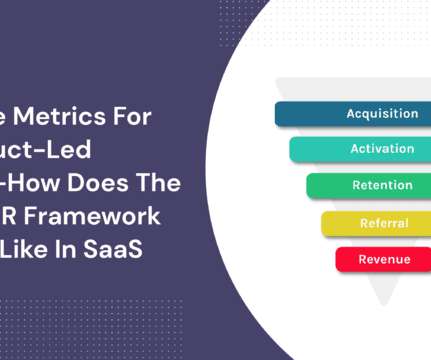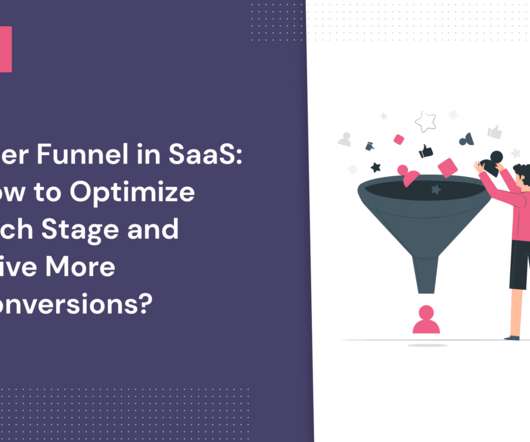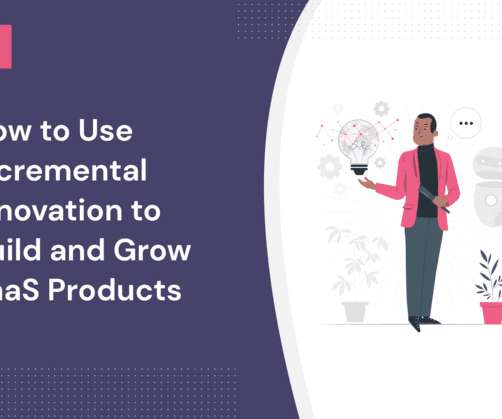Pirate Metrics For Product-Led SaaS-How Does The AARRR Framework Look Like In SaaS
Userpilot
JULY 8, 2021
Invented in 2007 by Dave McClure, pirate metrics is a framework that is still used by businesses to measure and optimize customer interaction across their lifecycle. But how does the pirate metrics framework work for SaaS and how can it help drive growth? Dave McClure's Pirate Metrics framework. In short- AARRR.















Let's personalize your content